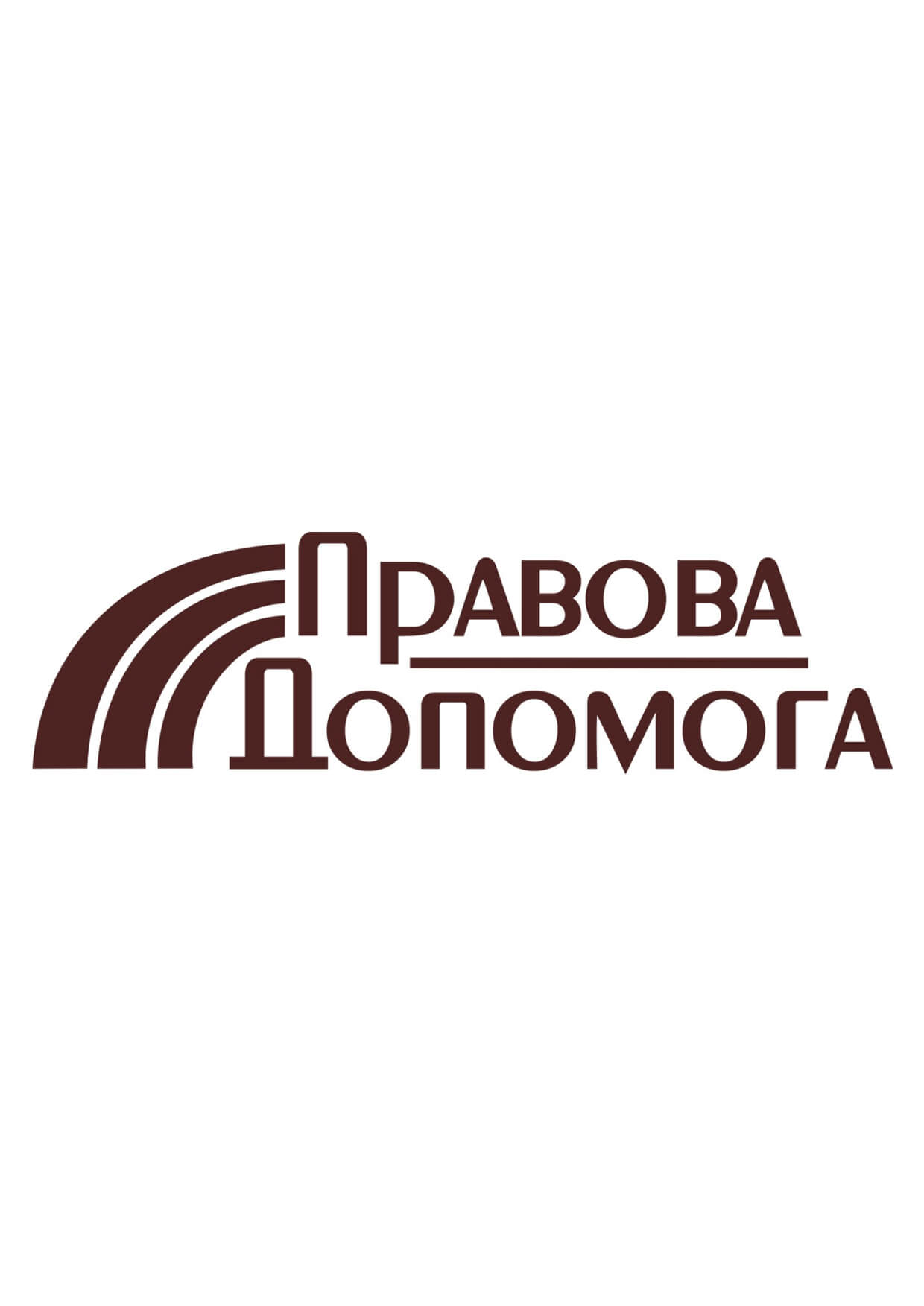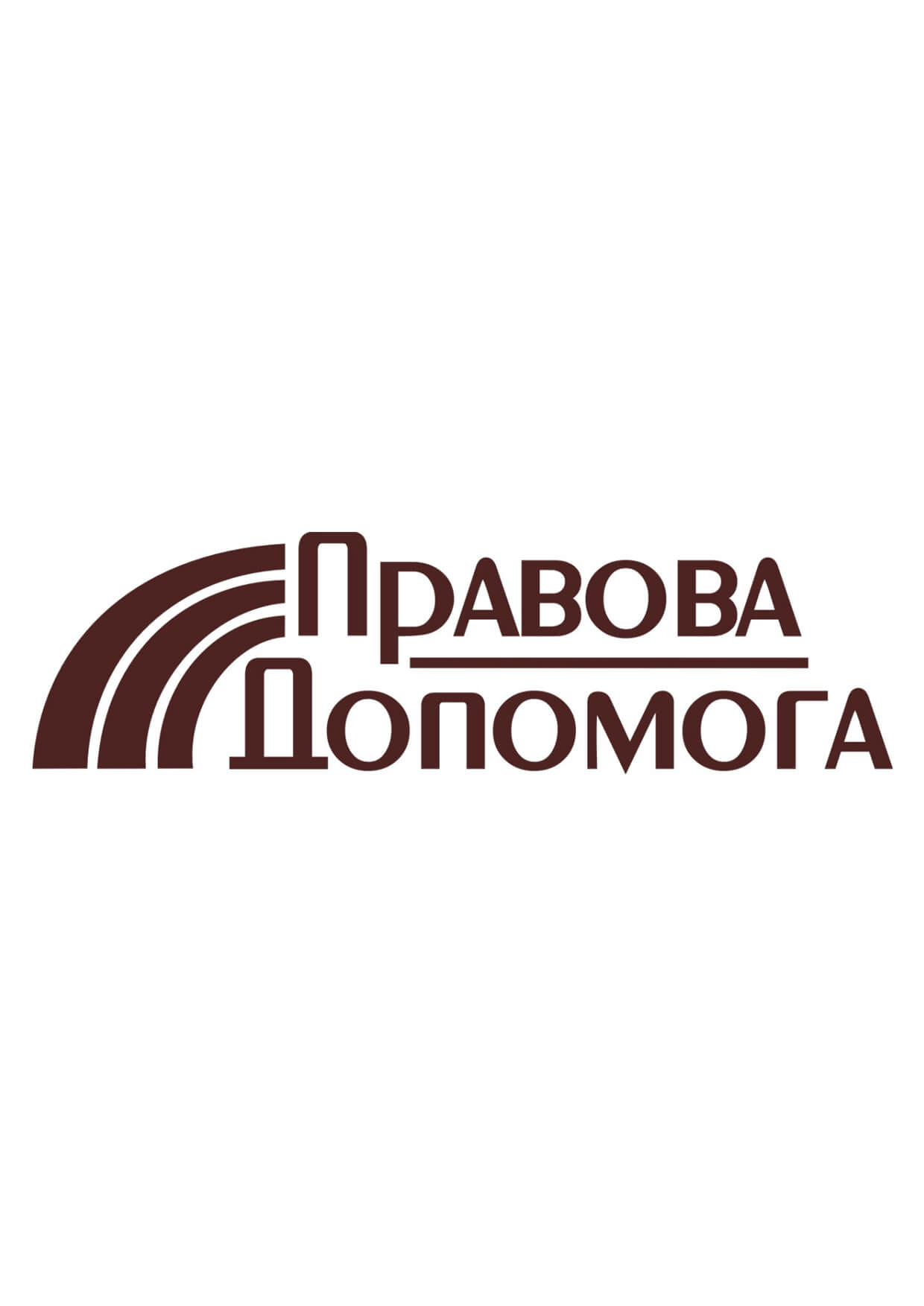Financial products in business. What are and how to use?
Cost of services:
Reviews of our Clients
... our work on joint projects assured us of your high level of professionalism
One way that businesses finance their operations and ensure timely payments is through the use of financial products.
In this article, we'll explain what financial products are and how they can be used effectively. Let's take a closer look.
What are financial products and why are they used?
Financial products are external tools that businesses can use to finance their activities and manage risks at different stages of development.
For example, let's say that your company's financial plan assumes profitability, but you're experiencing cash flow issues in your day-to-day operations that are preventing you from meeting your obligations to suppliers. Delaying payments will cost you 5% of the product's value, while using a financial product like an overdraft will only cost 2%. Essentially, using a financial product can help you save money. This is just one example of the many financial products available.
Some of the most common financial products include:
- Overdrafts
- Emergency loans
- Credit lines
- Financial leases
- Bank guarantees
- Letters of credit
- Grants.
Each financial product is unique and can be used by companies depending on their needs at different stages of their business development and operation.
Please note! Before implementing any financial product, you should calculate its financial feasibility to avoid making the wrong choice. While a product may seem to offer short-term economic benefits, it could result in an inability to repay debts in the future.
Our specialists can help you choose the most advantageous and least risky financial product for your business and calculate the potential financial benefits of using it.
Let's take a closer look at each of these products individually.
You may also like: Budgeting in the Company: System of Financial Planning and Control of Financial Flows
What is an overdraft and how can it be used?
If a company's cash flow at the end of the month is positive, but there are cash gaps (where incoming and outgoing payments don't match up in time), it's recommended to consider using an overdraft.
An overdraft is a bank credit limit that can be used to supplement working capital. It's typically set at 40-60% of the company's average monthly income in its checking account.
This credit limit can be used for payments when there isn't enough money in the checking account. The overdraft is automatically repaid when money is deposited into the account.
For example, let's say you're a dropshipper or intermediary who receives a customer order for 60,000 hryvnias (UAH) with payment due upon receipt of the goods. If the product isn't in stock and needs to be ordered from the manufacturer, who requires 30 days to fulfill the order, and you only have 10,000 UAH in your checking account, what options do you have for financing? he manufacturer can ship the product on the terms of 100% payment for 25,000 UAH or on the terms of payment deferral for 30 days for 27,500 UAH.
There are a couple of financing options available:
Option 1. Non-bank financing, in the form of an interest-free repayable loan from a founder or another company. This means that the founder or company (e.g. acquaintances, friends, family) provides a repayable loan to cover the payment to the manufacturer. After receiving payment from the customer, the loan is repaid. The profit from the order in this case would be 35,000 UAH (income - cost of goods = 60,000 UAH - 25,000 UAH).
Option 2. Bank financing, in the form of an overdraft. In this case, the commission for using the overdraft would be 2% (equivalent to 500 UAH).
In this case, the profit from the order would be 34.5 thousand hryvnias (revenue - cost of goods sold - overdraft fee = 60,000 hryvnias - 25,000 hryvnias - 500 hryvnias).
Option 3. Non-bank financing with a deferred payment to the manufacturer.
In this case, the profit from the order would be 32.5 thousand hryvnias (revenue - cost of goods sold - overdraft fee = 60,000 hryvnias - 27.5 thousand hryvnias).
Of the three options, the first is the most profitable. However, not every owner is willing to invest their own funds into operating activities, and bothering acquaintances several times a month is not the best option. That's why overdraft is the most advantageous method.
Accounting and tax treatment of overdrafts
Overdraft transactions are not subject to VAT.
In the accounting records, the amount of the overdraft used and its repayment is reflected in account 601 "Short-term bank loans".
The overdraft fee is a company expense (both for accounting and tax purposes) and is reflected in account 951 "Interest on loans".
You may also like: Payment Calendar of IТ Companies in Ukraine
Using emergency loans in Ukraine
Usually, emergency loans are used for a specific purpose, such as purchasing new equipment for a project or procuring materials to upgrade a production line.
The loan is provided in one lump sum and repaid in installments as per the terms specified in the contract, usually on a monthly or quarterly basis.
Please note! In order to obtain a loan, the company must provide collateral.
Accounting and tax treatment of emergency loans
It's worth mentioning that operations related to emergency loans, much like overdrafts, are not subject to income tax or VAT.
In terms of accounting records, the amount of the emergency loan used and its repayment is reflected in account 601 "Short-term bank loans" or 501 "Long-term loans", depending on the terms of the contract.
Additionally, the commission for using the emergency loan is considered an expense of the company for both accounting and tax purposes and is reflected in account 951 "Interest on loans".
Please note! If the loan is used to acquire fixed assets, it's important to note that the interest on the loan is included in the cost of the asset and expensed over the entire period of its depreciation.
You may also like: Accounting Audit of Atypical Transactions in Ukraine
Line of credit: how to use this flexible financial tool?
A line of credit is a type of loan that offers more flexibility than traditional loans. With a line of credit, a company can borrow money in installments, according to a schedule outlined in the contract or upon request.
Here's an example to illustrate how it works: Imagine you've signed a contract with a bank for a line of credit to purchase equipment worth 5 million UAH. A few days later, another client offers to purchase some of your products, giving you enough funds to cover 70% of the equipment's cost. In this case, you can request only 30% of the credit line instead of the full amount, which would mean paying interest only on the smaller sum.
Note. This type of loan is generally only available to medium and large businesses.
Accounting and tax implications of a line of credit
Operations involving a line of credit are similar to overdrafts and are not subject to corporate income tax or value-added tax (VAT).
When accounting for a line of credit, the amount borrowed and repaid is recorded in account 601, which is labeled "Short-term bank loans."
The commission charged for using a line of credit is considered an expense for the company, both for accounting and tax purposes. This cost is recorded in account 951, which is labeled "Interest on loans."
Please note! If a line of credit is taken out to acquire a fixed asset, the interest paid on the loan is included in the cost of that asset and is written off over the asset's useful life.
You may also like: Accounting and Tax Audit of Company Assets in Kyiv
Financial leasing as a financial instrument in a company
Financial leasing is a financing tool that combines elements of lending, leasing agreements, and purchase and sale contracts. It involves leasing a fixed asset, which is the only type of asset that can be leased under this arrangement.
Financial leasing is an excellent option if you're:
- looking to acquire a car or production equipment, but you don't have the funds to do so;
- your bank won't give you a loan or credit line to buy the asset.
In this case, you can use financial leasing to obtain the equipment you need to achieve your company's strategic goals, provided that the equipment supplier is willing to enter into such an agreement with you.
Under a financial leasing agreement, the lessee receives the fixed asset and pays for it in installments, along with interest, over the agreed term of the contract. You get to use the car or equipment while paying for it gradually, which can be very beneficial for your business.
Accounting and tax treatment of financial leasing
the transfer of the leasing object is treated as the supply of goods and is subject to a value-added tax (VAT) of 20% on general terms.
Please note! The right to a tax credit arises only at the time of transfer of the leasing object. As of the date of advance payments, the company does not have the right to a tax credit (clause 198.2 of the Tax Code of Ukraine).
The object of financial leasing is included in the balance sheet with the simultaneous recognition of obligations under the lease, current obligations and calculations for accrued interest.
Bank guarantees as a financial tool for businesses in Ukraine
As a business owner, you want to have complete confidence in receiving payment for the services you provide or the goods you deliver. You can establish a company policy that requires bank guarantees for supplies exceeding 2 million hryvnias.
So, what exactly is a bank guarantee?
When you enter into an agreement with a customer, the bank provides a guarantee that, in the event the customer is unable to fulfill the terms of the contract, the bank will fulfill its obligations to the supplier. Or, in the case of a manufacturer being unable to fulfill obligations to deliver products to a customer, the bank will fulfill the obligations of the contract to the customer.
For example, Manufacturer A enters into a contract with Company B for the manufacture of branded products under order for 5 million hryvnias. If Company B is unable to pay for the products, Manufacturer A will not only suffer production losses but also incur costs associated with product disposal. This is why the manufacturer invites a bank guarantee. Company B obtains a bank guarantee from the bank for 5 million hryvnias. If Company B refuses to pay its obligations under the contract with Manufacturer A, the latter can turn to the bank (which provided the guarantee) to pay off the debt.
There are several types of bank guarantees, including:
- payment guarantees that provide the seller with assurance of payment by the buyer;
- tender guarantees that enable a tender participant to fulfill obligations to the customer;
- ontract performance guarantees that ensure the seller's compliance with obligations to manufacture/deliver products/provide services;
- advance payment guarantees that minimize the risk of the seller failing to return an advance payment.
Accounting and tax treatment of bank guarantees
Transactions involving bank guarantees are not subject to value-added tax (VAT).
Accounting for bank guarantees involves reflecting the reserve amount and return of funds on account 313 "Other accounts in banks" in the company's accounting books.
You may also like: What Exactly Is the Automation of Accounting Processes in a Company?
Letter of Credit: How it works in practice in Ukraine?
A Letter of Credit is a useful financial product for companies looking to establish a relationship of trust between the seller and the buyer. Essentially, it's a banking document that guarantees the seller will receive payment for the goods or services they provide to the buyer.
For example, let's say two companies want to start working together but aren't entirely sure about each other's reliability. To alleviate their concerns, they can use a Letter of Credit.
How does a Letter of Credit work in practice?
- When the companies establish a contractual relationship, they agree to make payment through a Letter of Credit.
- The buyer contacts their bank to request the opening of a Letter of Credit, depositing the payment amount for the contract into the bank account.
- The bank then blocks the payment amount until the supplier fulfills their obligations under the contract by providing the agreed-upon services or goods.
- Once the supplier has done so, they provide the bank with documents confirming that the service has been provided or the goods have been delivered, and they receive payment.
The advantage of a Letter of Credit:
- the supplier is confident they will receive payment;
- the supplier is interested in promptly fulfilling their obligations under the contract, as failure to meet the conditions on time results in the Letter of Credit being closed and a new procedure being required (or changes to the Letter of Credit made for an additional fee).
Disadvantages of a Letter of Credit:
- the bank does not verify the quality of the goods or services provided. Therefore, if the buyer has any complaints about the supplier, they will need to be resolved in court
Please note! When signing a contract, it's crucial that the supplier is completely confident in their ability to meet the obligations set out in the agreement. Otherwise, there could be issues with the bank when it comes to receiving payment under a letter of credit.
Accounting and tax treatment of the letter of credit
In the accounting treatment, the amount of the letter of credit reservation is reflected on account 313 "Other accounts in banks" with subsequent transfer to the client.
There are no specific tax nuances to consider when it comes to profit tax for operations related to payment by letter of credit.
Regarding VAT, the tax liabilities and credits are accrued upon the first event - the shipment of goods or provision of services.
How can a company use grants in Ukraine?
A grant is a fund provided by the company to implement specific projects under grant programs.
You can find more information about grants here.
Checklist "Which financial products are most effective at different stages of business development"
1. Your business is steadily developing and planning to expand business relationships with partners:
- letter of credit;
- bank guarantees.
2. Your business is steadily developing and planning to start/invest in new projects:
- investment loan;
- financial leasing;
- credit line;
- grant.
3. Your business is operating steadily but facing cash flow gaps:
- overdraft;
- credit line;
- urgent loan.
Benefits of using financial products:
- insurance against cash flow gaps;
- access to financing tools;
- the use of guarantee mechanisms for business development;
- the ability to take your company to the next level through investments in modernization and new projects.
Our company not only provides valuable information on financial instruments, but also offers guidance on which ones are the best fit for your specific needs.
We conduct thorough analyses and financial planning for businesses in Ukraine, and provide comprehensive support for the organization and utilization of any type of financial instrument.
If you're seeking professional assistance in finding profitable solutions for your business, don't hesitate to reach out to us.




